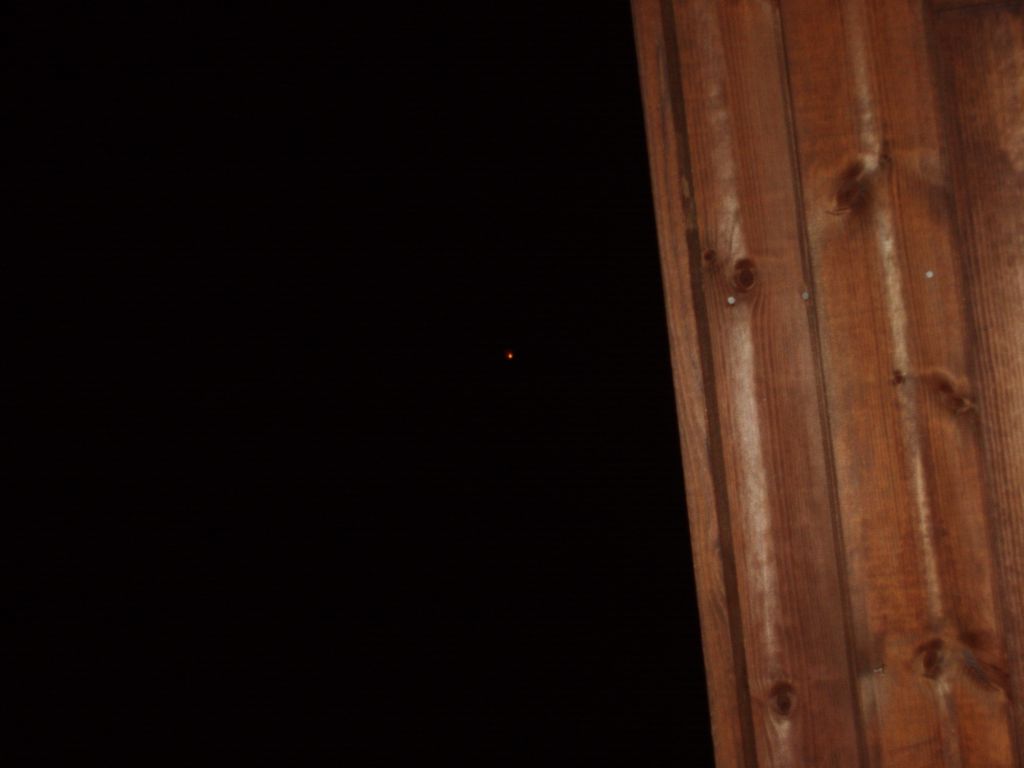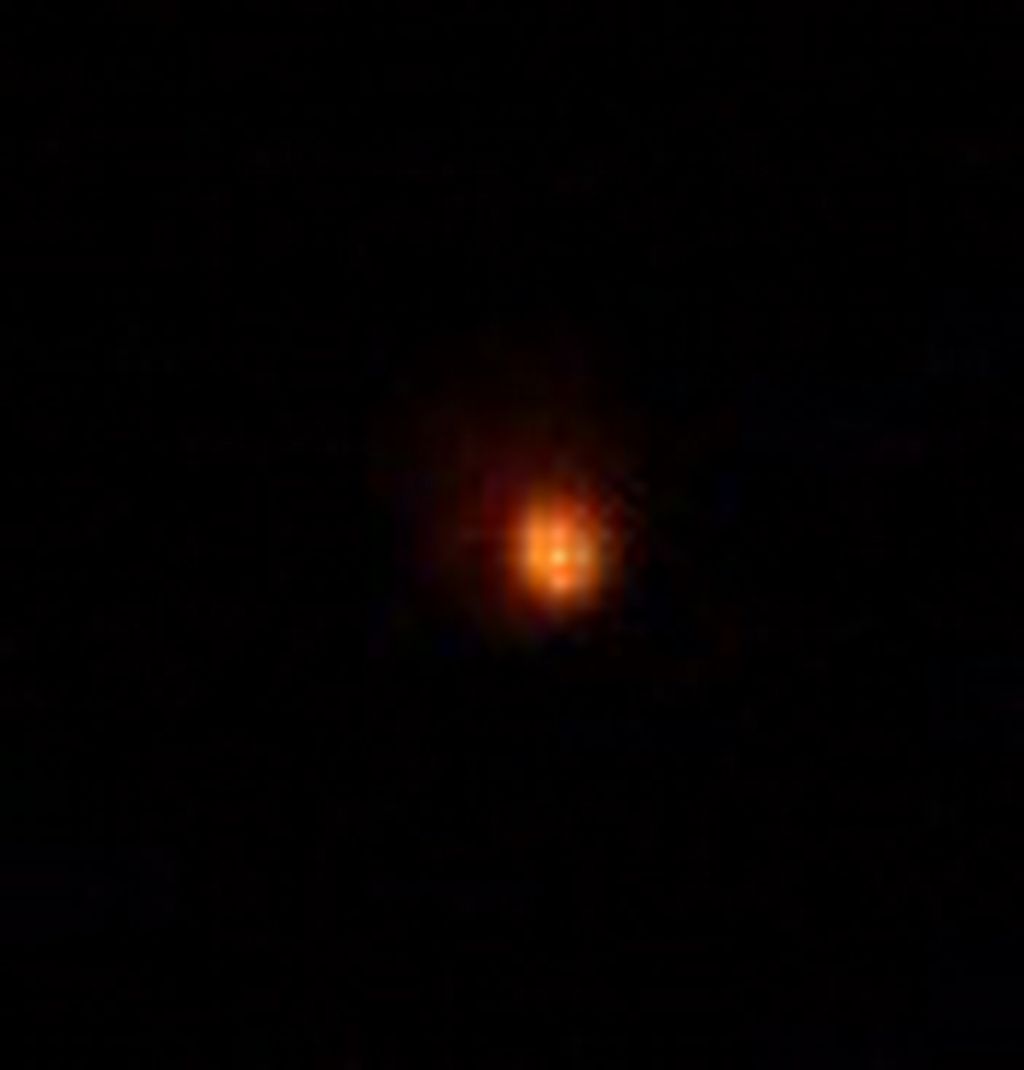It looks like you're using an Ad Blocker.
Please white-list or disable AboveTopSecret.com in your ad-blocking tool.
Thank you.
Some features of ATS will be disabled while you continue to use an ad-blocker.
0
share:
Hi!
3 years ago i had my first UFO sighting and took a bunch of pictures with my
Canon powershot s40.
It was during nightime so it was hard getting some decent pictures.
Now i want to tell my story (how the USO's came out of the sea and hoovered over our cabin) and so on, but i want to use all my pictures when telling the story and here i need help.
I have no skills in photo editing and last time i tried i spent to many hours to get 1 decent photo without all those pixels. (Can't even remember what prog i used) . I now tried with acdsee photo editor, but i gave up.
We saw multiple UFO's (USO's) and i hope some of them are in the dark areas of the pictures, but i can't trust myself here with my stinking photo editing skills because when i tried i saw some strange thing/result.
To convince you that i don't talk # i'll show you the one photo i managed to get some decent result out of.
This is not a hoax

Same photo, but with zoom.

Same photo again, but zoomed in.

I have a lot of photos i need help with as my skills suck big time when it comes to photo editing.
So if any members with skills and willing to help me out, send me a message.
Thanks!
3 years ago i had my first UFO sighting and took a bunch of pictures with my
Canon powershot s40.
It was during nightime so it was hard getting some decent pictures.
Now i want to tell my story (how the USO's came out of the sea and hoovered over our cabin) and so on, but i want to use all my pictures when telling the story and here i need help.
I have no skills in photo editing and last time i tried i spent to many hours to get 1 decent photo without all those pixels. (Can't even remember what prog i used) . I now tried with acdsee photo editor, but i gave up.
We saw multiple UFO's (USO's) and i hope some of them are in the dark areas of the pictures, but i can't trust myself here with my stinking photo editing skills because when i tried i saw some strange thing/result.
To convince you that i don't talk # i'll show you the one photo i managed to get some decent result out of.
This is not a hoax

Same photo, but with zoom.

Same photo again, but zoomed in.

I have a lot of photos i need help with as my skills suck big time when it comes to photo editing.
So if any members with skills and willing to help me out, send me a message.
Thanks!
i dont think editing the photos are a good idea
i would contact a mod with the original un tampered photos and follow their instructions
if you mess with them there is a chance they will be labelled as tampered with or hoax
contact a mod listed on the bootom of this web page
use u2u and ask for help
the mods are pretty cool here
xploder
i would contact a mod with the original un tampered photos and follow their instructions
if you mess with them there is a chance they will be labelled as tampered with or hoax
contact a mod listed on the bootom of this web page
use u2u and ask for help
the mods are pretty cool here
xploder
Originally posted by Snowi
Hi!
3 years ago i had my first UFO sighting and took a bunch of pictures with my
Canon powershot s40.
It was during nightime so it was hard getting some decent pictures.
Now i want to tell my story (how the USO's came out of the sea and hoovered over our cabin) and so on, but i want to use all my pictures when telling the story and here i need help.
I have no skills in photo editing and last time i tried i spent to many hours to get 1 decent photo without all those pixels. (Can't even remember what prog i used) . I now tried with acdsee photo editor, but i gave up.
We saw multiple UFO's (USO's) and i hope some of them are in the dark areas of the pictures, but i can't trust myself here with my stinking photo editing skills because when i tried i saw some strange thing/result.
To convince you that i don't talk # i'll show you the one photo i managed to get some decent result out of.
This is not a hoax

Same photo, but with zoom.

Same photo again, but zoomed in.

I have a lot of photos i need help with as my skills suck big time when it comes to photo editing.
So if any members with skills and willing to help me out, send me a message.
Thanks!
It's good to see you wish to do this properly - I hope that continues after you hear what is said below!
The simple fact is this - examine your image at 100% size, ie 'actual pixels'. That's pretty much IT. That's the detail your camera captured. There is NO free lunch. If the object was not rendered by a few pixels, you cannot possibly make any claims about its shape, as any magnification will add *false*, made-up detail. If it is rendered by more pixels, you *may* be able to perceive a shape, but you need a lot of pixels to begin rendering details within that shape. (There are other issues as well, such as sensor blooming, but one thing at a time.. )
It's simple optics and the physics of the digital sensor. It's why professionals use BIG lenses and BIG sensors. Don't get me wrong, your Canon is one of the better compact consumer camera. But compact consumer cameras are NOT good at ufo capturing.
I'm currently working on some detailed explanations on this topic, over here. Eventually I'll be posting it all on a new thread. Note that the object *there* is rendered by about 30 pixels, but it still shows very little truly useful detail.
Now if people wish to mislead folks, then they will enlarge it by 10 or 100 x, don't tell anyone what interpolation mode was used (interpolation = making up false pixels) and apply any of the innumerable destructive post-proc techniques like sharpening, posterising, over saturating, etc. The results will look most impressive, but they are completely and utterly meaningless... I could show you 100 different versions of your image by using invalid techniques, including some that would include aliens in helmets...
In regard to the image posted, is the first image a small crop of the original, or the whole thing, reduced? The blown up crops seem to show extreme pixelation and other effects from the (poor) interpolation I mentioned - namely *false detail*.
The only way to properly analyse an image is to use the ORIGINAL unedited version, and then apply sensible (and documented and repeatable) techniques - usually that will be a small amount of (non-interpolated) enlargement and non-destructive techniques. I'm happy to walk you through that process, but we really need to see the original at full-resolution, preferably posted with exif. Talk to a mod about how to do that, eg greeneyedleo. Also, to truly analyse it, we need dates, times, location (roughly is fine) and direction the image was taken.
I'm sure others will chime in with offers to process the living daylights out of your image, and perhaps demonstrate exactly what I mean!.. but if you want the truth..
PS - I live in Australia and work full time, so my postings may not be very frequent, sorry..
new topics
-
Elon Says It’s ‘Likely’ He Buys Tanking MSNBC
Political Ideology: 47 minutes ago -
Montelukast affects brain, caused 5 year old to attempt suicide
Medical Issues & Conspiracies: 1 hours ago -
Jaguar Rebrand Video Causes "WTF?" Moment - Seriously Weird
Automotive Discussion: 3 hours ago -
Let's start a conspiracy
General Conspiracies: 4 hours ago -
What Joe Rogan said Vs The View
Dissecting Disinformation: 7 hours ago -
Biden's "Reckless" Decision To Escalate Russia-Ukraine War
World War Three: 8 hours ago
0
